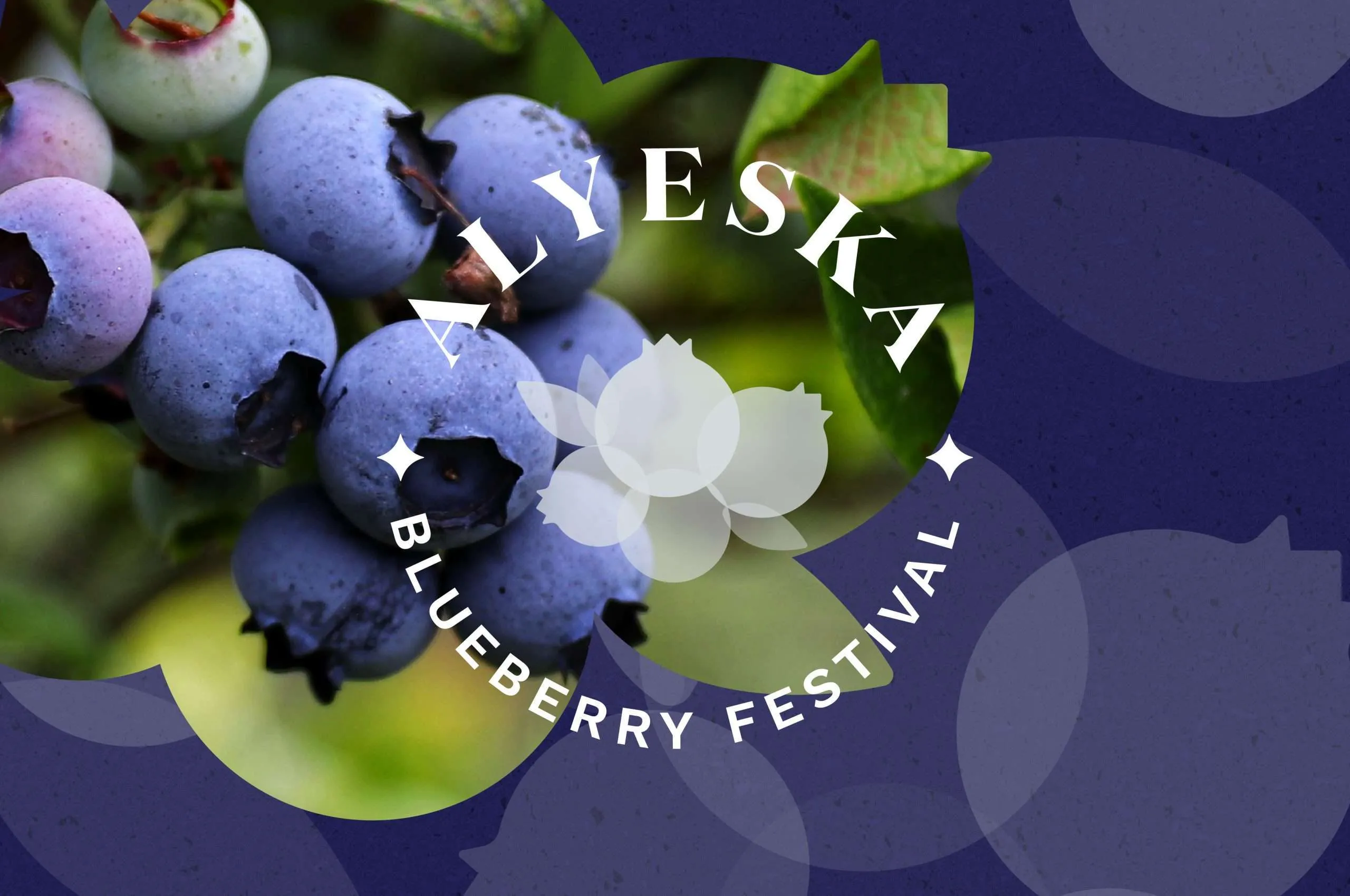Aurora Blues!
Who Says Wild Blueberries Aren’t Legendary
In the rugged terrain of Alaska’s wilderness, Aurora Blue berries have thrived, adapting to their challenging surroundings by packing in up to ten times the amount of bioactive compounds and antioxidants. Recently, antioxidants have gained widespread attention in the realm of nutrition for their crucial role in defending against oxidative cell damage, a factor implicated in various conditions including Alzheimer’s disease, cancer, and heart disease, all of which are also associated with chronic inflammation. The antioxidant and anti-inflammatory properties of Alaska’s wild berries suggest a promising potential for disease prevention.

The objective of this study was to investigate the antioxidant levels present in Alaska’s wild berries and how these levels are affected by preservation techniques applied to the berries. The research encompassed both the examination of raw berries and the analysis of products derived from these berries. In the initial phase, a diverse range of wild berries underwent testing to determine their oxygen radical absorption capacity (ORAC) in their natural state. Subsequently, the research progressed to processing four different types of berries – blueberries, lingonberries, salmonberries, and highbush cranberries – into eight or nine distinct products. These products underwent evaluation for both their ORAC levels and specific antioxidant content.
The results of the study revealed that Alaska’s wild berries exhibited significantly higher ORAC values compared to cultivated berries from the contiguous United States, with values ranging from three to five times higher. For example, while cultivated blueberries typically register a 30 on the ORAC scale, Alaska’s wild dwarf blueberries boast a score of 85, surpassing even wild blueberries from the lower 48 states, which scored 61. Moreover, all tested Alaskan berries demonstrated levels of antioxidants deemed nutritionally beneficial, ranging from 19 for watermelon berries to 206 for lingonberries on the ORAC scale. Additionally, the processing of berries into various products did not diminish their antioxidant potency significantly; even with common heat-processing techniques, the products retained high antioxidant levels. Notably, dehydration of berries resulted in an increase in per gram ORAC values. Alaska’s wild berries exhibit remarkably high levels of antioxidants. While cooking and the addition of ingredients such as sugar may diminish antioxidant concentrations to some extent, products derived from these berries remain rich sources of antioxidants.
 August brings a reminder in Alaska that there’s still plenty of summer fun to be had at Alyeska Resort in Girdwood, just south of Anchorage about 45 minutes. Immerse yourself in the essence of the season by joining in the age-old ritual of gathering blueberries while surrounded by like-minded nature lovers in the scenic Chugach Mountains. These delicious fruits, rich in taste, can be found aplenty across the peaks of Alaska. Prolong your visit at Alyeska and engage in the annual Blueberry-themed celebration, complete with vendors, live entertainment, a friendly pie-eating contest, a designated area for kids, and, of course, the chance to pick fresh berries!
August brings a reminder in Alaska that there’s still plenty of summer fun to be had at Alyeska Resort in Girdwood, just south of Anchorage about 45 minutes. Immerse yourself in the essence of the season by joining in the age-old ritual of gathering blueberries while surrounded by like-minded nature lovers in the scenic Chugach Mountains. These delicious fruits, rich in taste, can be found aplenty across the peaks of Alaska. Prolong your visit at Alyeska and engage in the annual Blueberry-themed celebration, complete with vendors, live entertainment, a friendly pie-eating contest, a designated area for kids, and, of course, the chance to pick fresh berries!
Photos courtesy of Alaska.org, Visit Girdwood, Alaska Wildberry Products, and Alyeska Resort.









